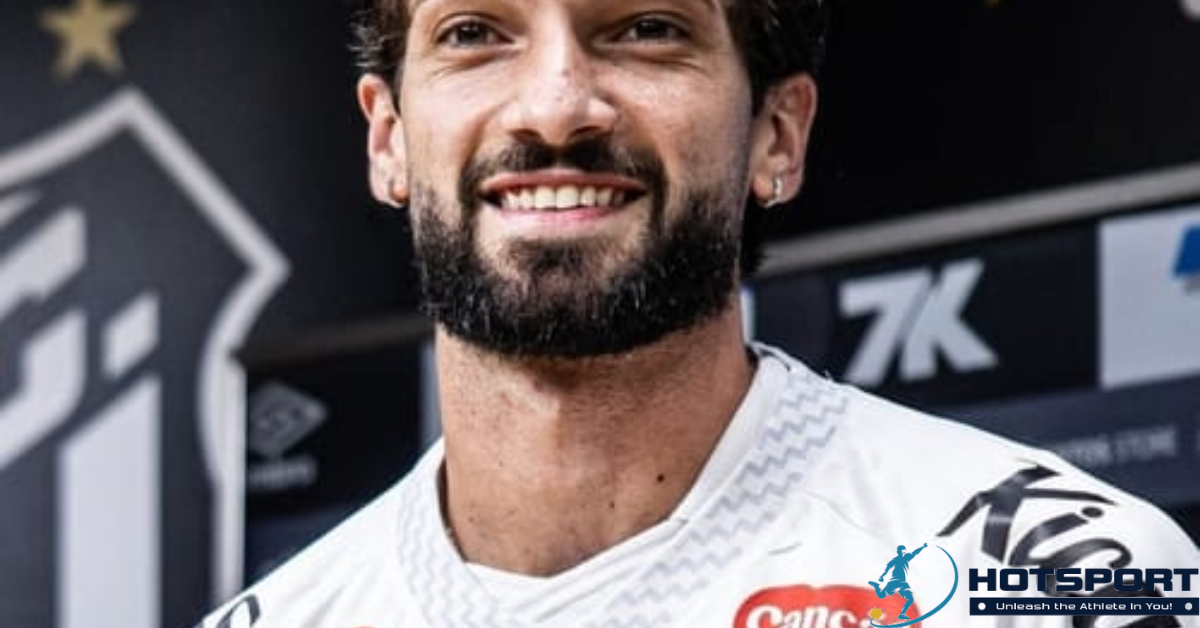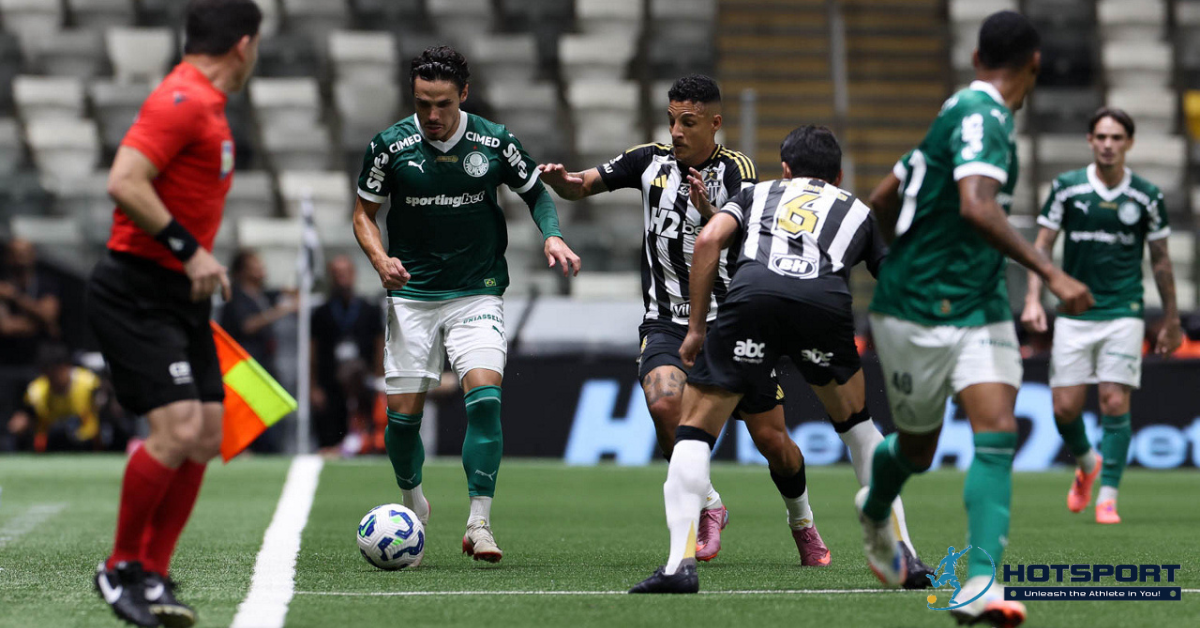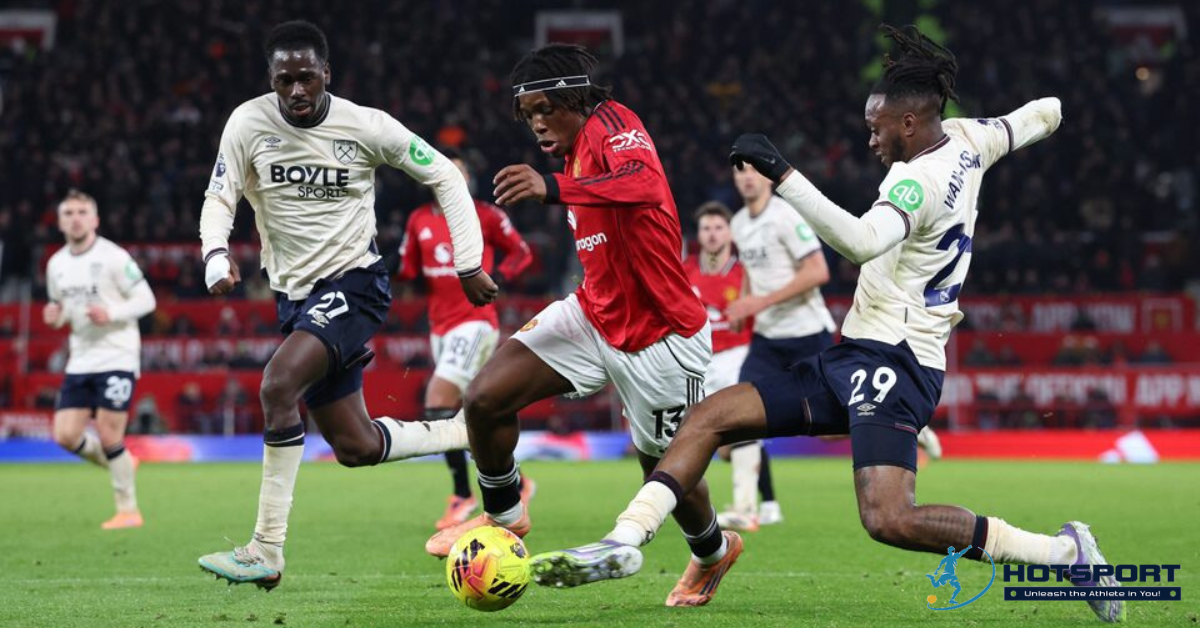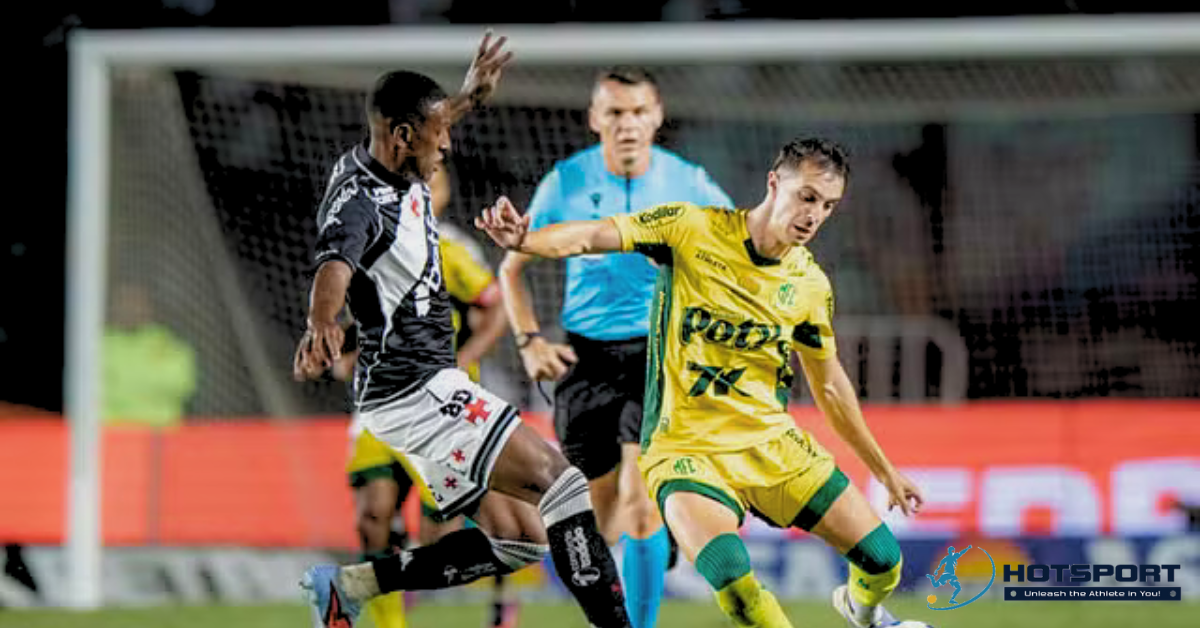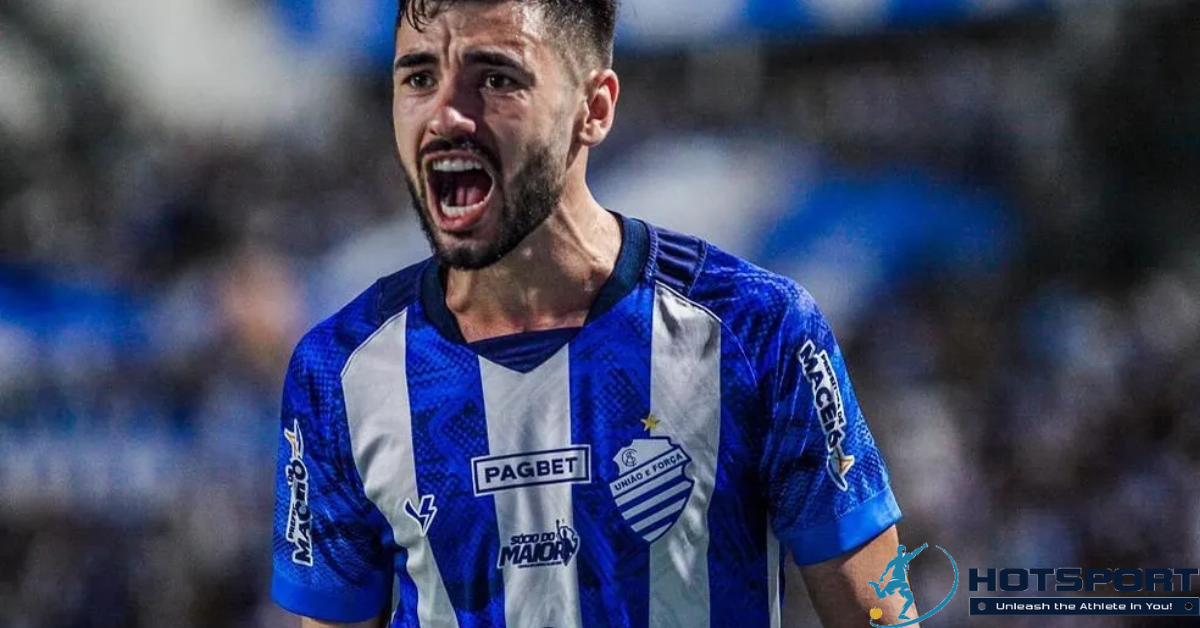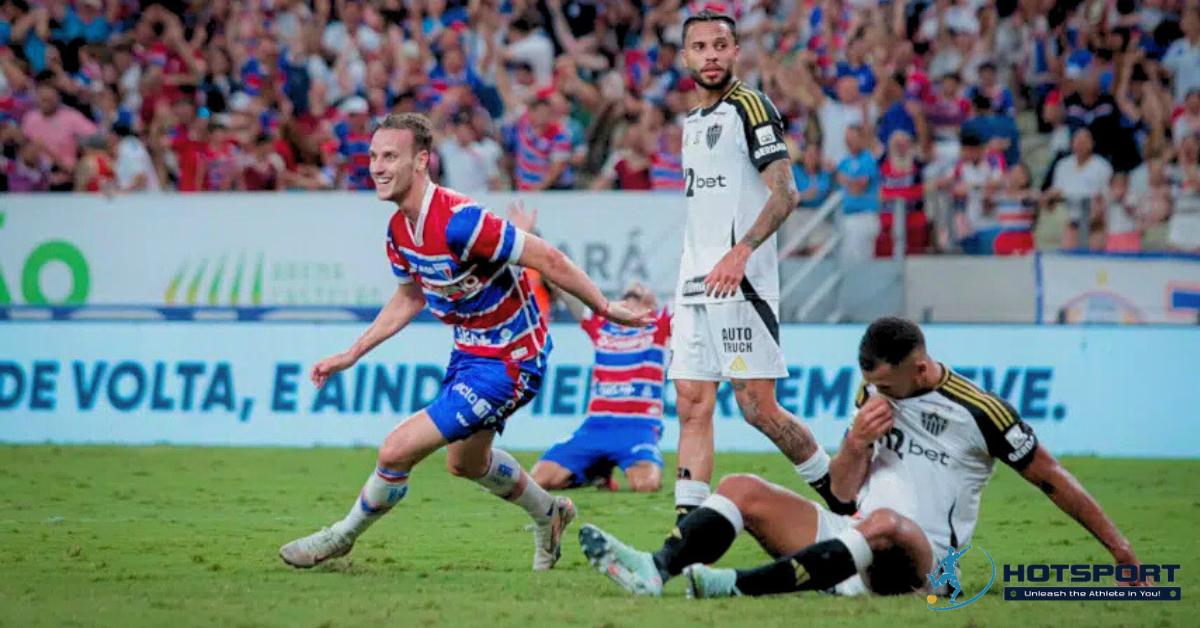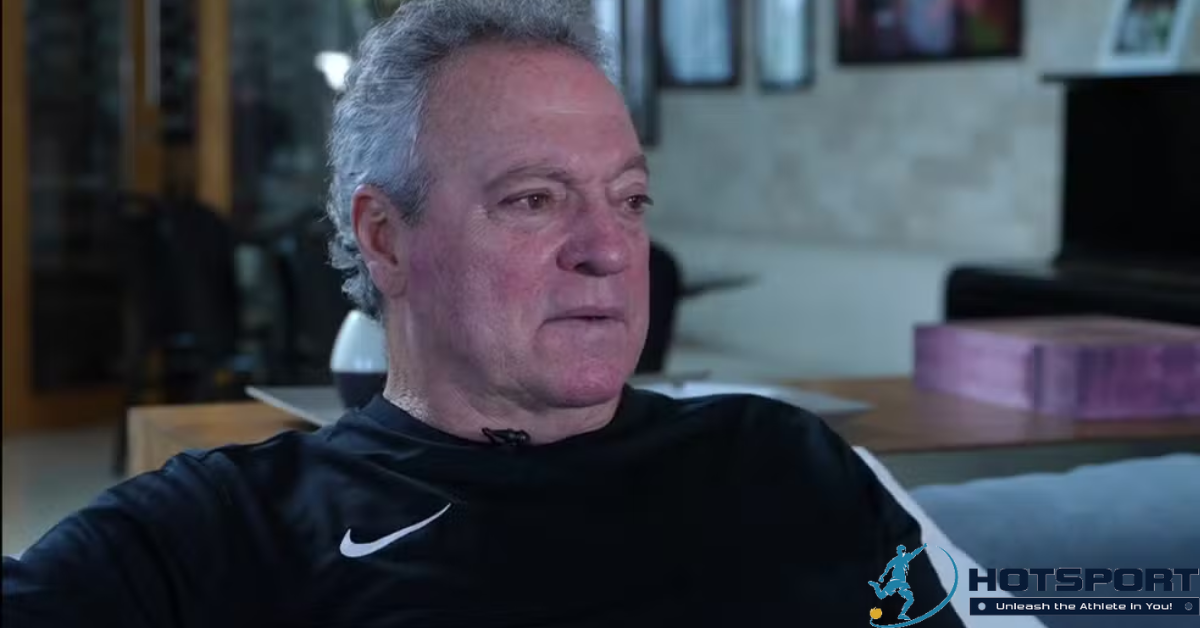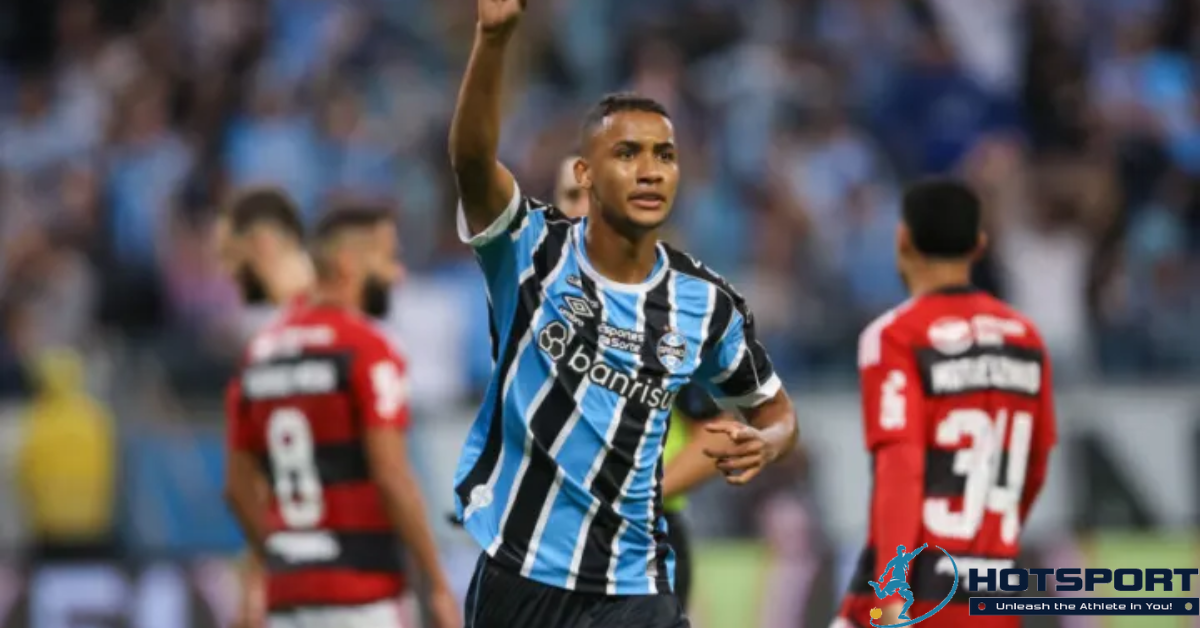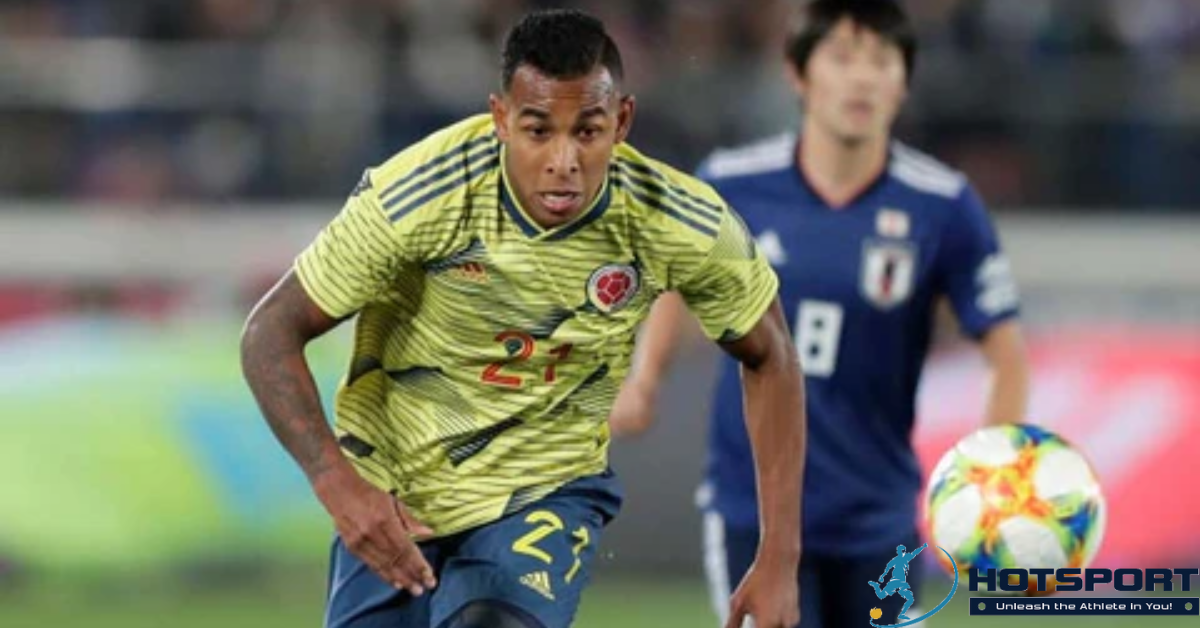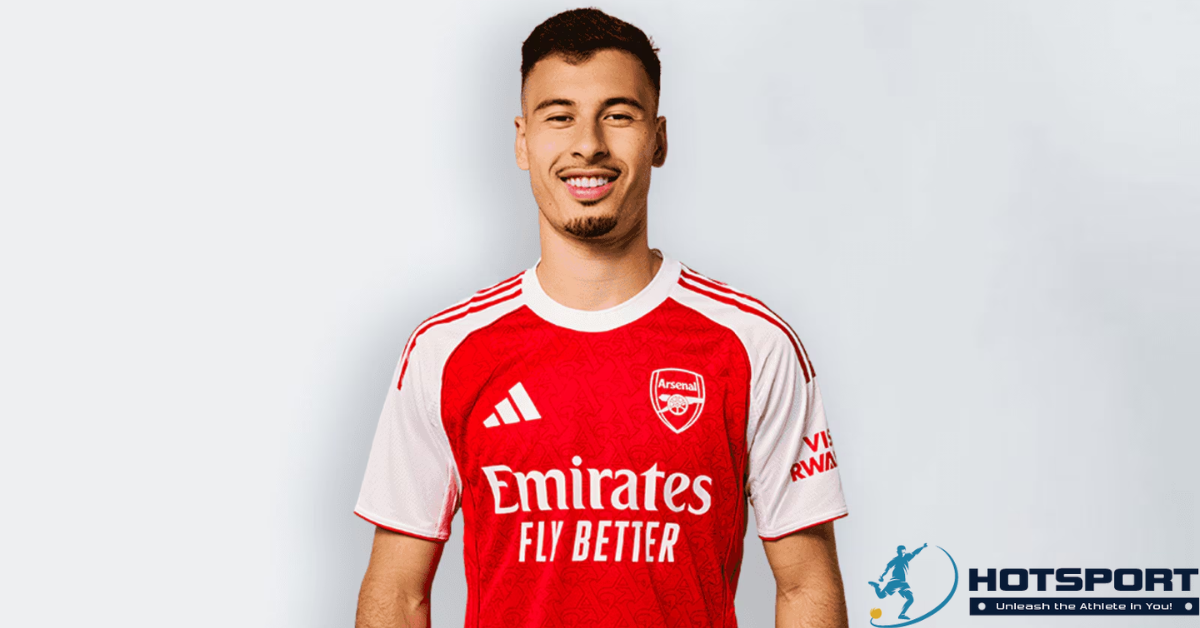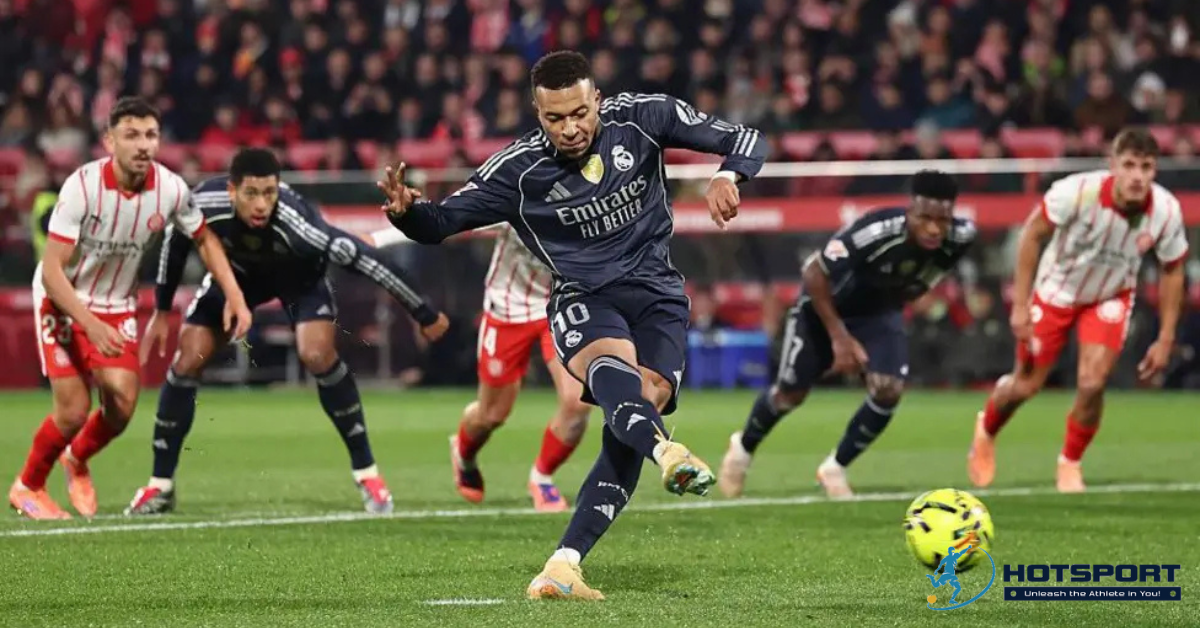Lautaro Díaz arrived in Brazilian football as a promising talent seeking new challenges, and in just a few months he has already become a key piece in the Santos squad. Born in Buenos Aires, the 27-year-old Argentine brings with him a résumé of South American titles and the typical grit of players forged in Argentina’s youth academies. On loan from Cruzeiro until July 2026, Díaz has shown versatility in attack, scoring decisive goals and helping the Peixe through a season full of ups and downs. With the Brasileirão reaching its climax and the fight against relegation still on, his adaptation to the intense rhythm of Brazilian football has been one of Santos’ bright spots. In this article, we dive into the journey of this center-forward who is steadily carving out his place on the national stage.
Early Steps in Buenos Aires
Lautaro Ariel Díaz was born on May 21, 1998, in the heart of Buenos Aires—a city that breathes football on every corner. Son of Roberto Osvaldo Díaz, a former player who represented Argentina at the 1979 Copa América, Lautaro grew up surrounded by stories of impossible dribbles and wonder goals. From an early age, the boy showed a natural inclination for the sport: at age 10 he was already training in the youth ranks of Estudiantes de Buenos Aires, a modest third-division club with a strong tradition of producing tough, resilient talents.
His professional debut came on May 8, 2019, against All Boys in the Primera B Metropolitana. It was a 2-1 defeat, but the 20-year-old stepped onto the pitch with the determination of someone who knows rare opportunities cannot be wasted. That year he played just three matches, yet Estudiantes earned promotion to the Primera Nacional, Argentina’s second division. Lautaro was not a regular starter, but his speed and excellent positioning inside the box were already turning heads.
2021 proved a turning point. In January he scored his first professional goal, securing a 2-1 victory over Ferro Carril Oeste. Across three seasons with Estudiantes, he made 26 appearances and scored two goals—enough to attract interest from bigger clubs. To gain more experience, he was loaned to Villa Dálmine, another second-division side, for 2021 and 2022. There, the Argentine truly exploded: seven goals in 31 matches, showing clear improvement in finishing and game reading. His short, sharp dribbling and ability to escape markers in tight spaces became a talking point in Argentine dressing rooms. At 24, Lautaro Díaz was ready to fly higher—and his destination was Ecuador.
Breakthrough at Independiente del Valle
In June 2022, Independiente del Valle—the Ecuadorian club renowned for developing South American gems—signed Lautaro on a one-year loan. It was the defining moment of his career. The Quito-based side, already runners-up in the 2019 Copa Sudamericana, saw him as quality depth in attack. He did not disappoint. In the Ecuadorian league he went goalless in his first 11 appearances, but it was in the 2022 Copa Sudamericana that Díaz truly shone.
He scored five goals in the competition, including one in the final against São Paulo in Guayaquil. Independiente won 3-1, and Lautaro was named man of the match—a performance that launched him into regional stardom. His humble celebration, pointing to the sky in tribute to his father, went viral across social media. In November, the club triggered his buyout clause, and from January 2023 he was officially theirs.
2023 and 2024 were years of consolidation. In the domestic league he scored four goals in 23 games in 2023, plus three more in cup competitions. On the continental stage he remained lethal, adding six goals and helping the team win the Recopa Sudamericana and the Ecuadorian Supercopa. In total for Independiente del Valle: 63 matches, 19 goals—numbers that reflect a mature player capable of deciding knockout ties. His physical resemblance to England’s Jack Grealish earned him affectionate nicknames in the Ecuadorian press, but it was his football that did the talking: a versatile forward comfortable as a center-forward or out wide, always with vision for the killer pass.
The Brazilian Adventure: From Cruzeiro to Santos
The leap to Brazil came in July 2024 when newly promoted Cruzeiro invested in Díaz on a four-year contract. The Raposa saw him as the ideal creative spark for their attack, blending Argentine heritage with Brazilian flair. His debut was promising: one goal and several assists in 18 Brasileirão appearances during 2024, contributing to hard-fought wins. However, muscle injuries and competition from players like Arthur Gomes kept him on the bench for much of the year.
2025 was more complicated. With only six appearances and no goals in the Campeonato Mineiro and early league games, Díaz lost his place in Paulo Autuori’s plans. The solution arrived in September: a loan to Santos, another giant rebuilding itself, until July 2026. The Peixe, battling to stay in Série A, needed attacking depth, and the Argentine donned the number 19 shirt carrying the weight of the Vila Belmiro on his shoulders.
His Santos debut came on September 14 against Atlético-MG, ending in a 1-1 away draw. Since then, Díaz has integrated quickly. In 21 Brasileirão appearances up to December 2025, he has scored three goals and provided two assists in 1,109 minutes played. His goals came at crucial moments: one against Flamengo in a thrilling 3-2 win at Allianz Parque (where he ran 11 km and had three shots on target), and another in a 1-0 victory over Palmeiras, heading home the winner in the 34th minute.
Recent Highlights at Santos and in the Copa do Brasil
December 2025 has been intense for Lautaro. On December 3, away to Juventude at the Alfredo Jaconi, Santos won 3-0 in a must-win game for survival. Díaz was substituted in the second half by Zé Rafael, but his high pressing forced errors that led to goals from Neymar and Guilherme Augusto. It was his 12th start of the season, earning him an overall rating of 6.9.
The following day, December 4, he shone in the Copa do Brasil semifinal against Bahia. The VAR awarded Santos a penalty after a foul on Díaz inside the box; Neymar stepped up, converted, and completed his hat-trick to send the Peixe comfortably through to the final. Though he didn’t score, the Argentine was instrumental in the build-up: 18 touches, two successful dribbles, and one chance created. “Lautaro is a warrior, just like every Argentine,” praised coach Juan Pablo Vojvoda after the game, highlighting his commitment despite being one yellow card away from suspension—along with Neymar and others.
These matches show a Díaz on the rise: 3.32 xG from 21 shots, 33% shot accuracy. Compared to other Série A center-forwards, he excels in aerial duels (58% success rate) and defensive contribution (30% above league average), proving he is far more than just a finisher—he is a complete forward. Across the entire 2025 season (Cruzeiro + Santos): 27 appearances, four goals, three assists—modest numbers, but hugely impactful in such a balanced league.
Playing Style: Speed, Vision, and Grit
What makes Lautaro Díaz special is his adaptability. At 1.81 m and predominantly right-footed, he combines Argentine physicality with the agility of a winger. His short-space dribbling recalls his Villa Dálmine days, while his box positioning echoes his father Roberto. At Santos, Vojvoda often uses him as a “false 9,” dropping deep to create space for Neymar and Barreal. Critics note he still needs to improve consistency in front of goal—14% conversion rate in 2025—but his assist rate (one every 370 minutes) is widely praised.
Off the pitch, Díaz is low-key. Married with a young daughter, he shuns the spotlight, preferring extra training sessions and video analysis. His Instagram account, with over 150,000 followers, focuses on family and football—no flashy lifestyle. He takes the constant Grealish comparisons in good humor: “I play for the team, not for the pose,” he told Globoesporte in October.
The Future: Establishing Himself in Brazil?
With his Cruzeiro contract running until 2028, the Santos loan could be the springboard to a more stable career. If the Peixe avoid relegation—and the three points against Juventude were a big step—Díaz will have earned renewed trust. There are already whispers of interest from clubs like Fluminense, but his focus remains on the present: the Copa do Brasil final and the final rounds of the Brasileirão.
At 27, Lautaro Díaz is entering his prime and ready to explode. His journey from Buenos Aires to Vila Belmiro is proof of persistence. In Brazil, where football is a collective passion, he has found a home—and perhaps the stage for a lasting legacy. If he keeps this form, 2026 could be the year the name Díaz rings out once again, this time with a distinctly Brazilian flavor.

